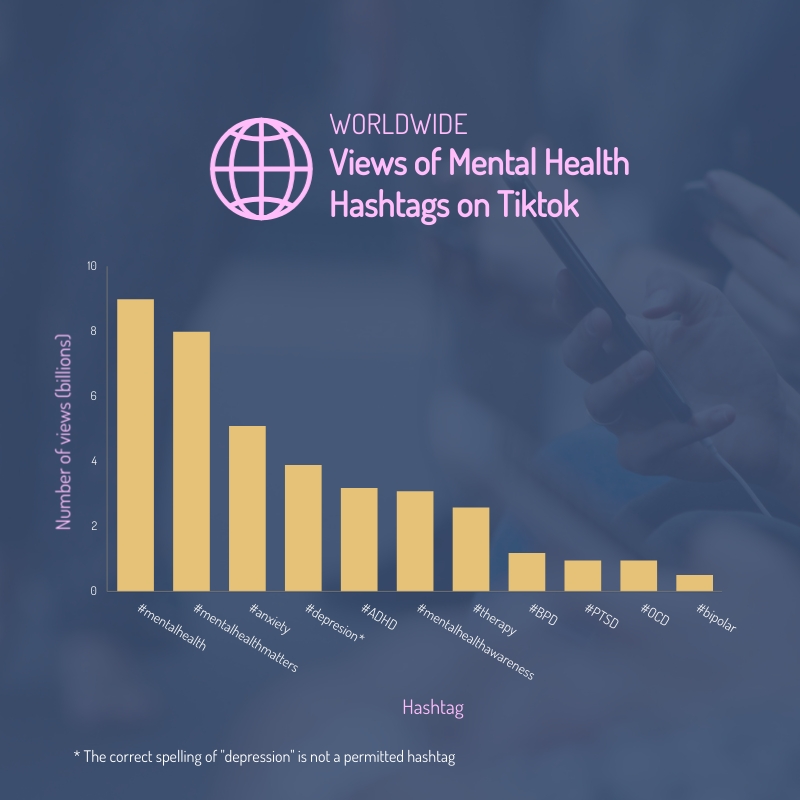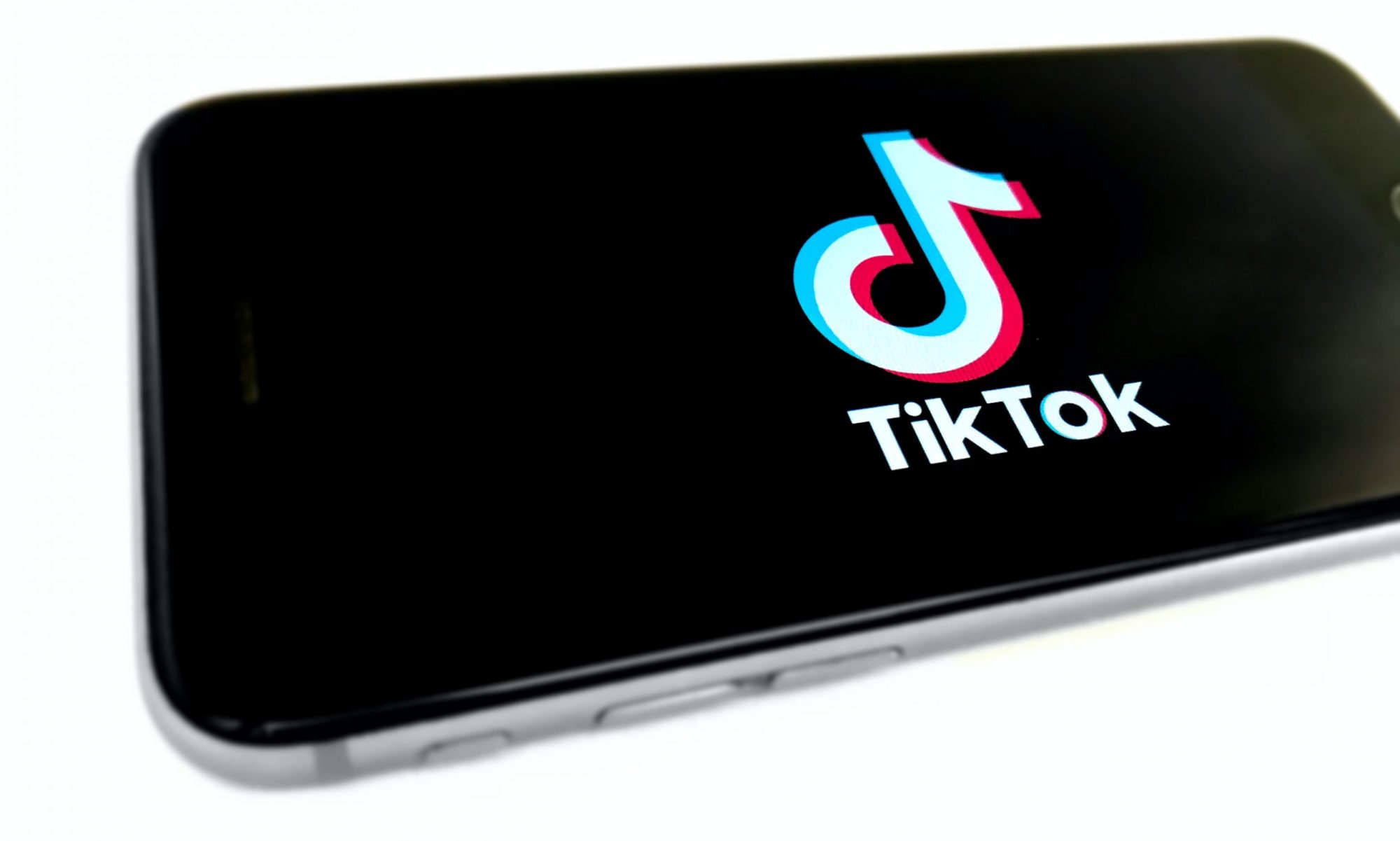By Aya Almasi
TikTok has seen explosive growth over the course of 2020, due in no small part to the COVID-19 pandemic. As mental health became a heightened area of concern, therapists and mental health advocates sought to find a way to help people through quarantine. And these advocates found an unlikely friend in TikTok.
“Before COVID, I only knew of a handful of therapists on TikTok,” said Dr. Justin Puder. “And now there are literally hundreds of psychologists, therapists and psychiatrists all making great content on TikTok.”
Puder, also known as amoderntherapist on TikTok, makes viral 15-second and 60-second videos about mental health and therapy for over 170k followers on the platform. Puder says Tiktok is unique because it fosters an environment of vulnerability.
“My experience on TikTok has been that people are super vulnerable, and I love that, because I feel like for us to reduce the stigma around mental health, we have to be open and honest, and that includes talking about our own struggles,” Puder said. “It’s been such a beautiful thing, especially during TikTok Lives that people will be helping each other and having ongoing conversations where they’re able to be seen and heard.”
Puder hosts TikTok Lives several times a week where he engages with his audience about everything from therapy to daily life.
“The live streams started out really structured, because I also teach university, so it was almost like a lecture style and answering some questions. Now it’s really just a straight Q&A style of whatever people want to ask me,” Puder said, laughing. “I feel like with the training I have in being a psychologist, just being out there to help guide people and answer their questions surrounding mental health is the best thing I can do for ongoing outreach and helping break mental health stigma.”
Mental health professionals are not the only ones advocating for this cause on TikTok, individuals with mental health conditions also use the platform to connect with peers and raise awareness about their conditions.

Kenny Baxter, bpdkenny on TikTok, creates content specifically about Borderline Personality Disorder, also known as BPD.
“I hope that people watch my content and become aware of what it’s like to live with BPD day-to-day,” Baxter said. “And for those who do have BPD. I want them to know that they’re not the only people who go through it and that someone out there gets it and deals with it everyday too.”
According to the National Alliance on Mental Illness, or NAMI, less than 2% of the adult population in the United States experiences BPD. NAMI describes BPD as a condition characterized by difficulties regulating emotion. This means that people who experience BPD feel emotions intensely and for extended periods of time, and it is harder for them to return to a stable baseline after an emotionally triggering event.
After viewing content about BPD from other TikTok users, Baxter began to suspect she had the condition and was able to bring it up with her therapist.
“I think people on TikTok are definitely more open about mental health than they are on other apps or other social media platforms,” Baxter said. “There’s been a lot that I’ve learned about BPD from TikToK that I didn’t know through therapy or through talking to doctors or psychiatrists.”
Stacey Leasca, a professor at the University of Southern California with a focus on social media, says that TikTok users reward vulnerability compared to other social media platforms.
“TikTok is all about keeping it real on social media. It’s a place where people let their guard down and let people in,” Leasca said. “Platforms like Instagram value glossy, overly-edited, highlight reels of life, while Twitter users are more overtly interested in news, rather than everyday life. TikTok is much more amenable to rewarding every part of the human experience.”
Christine Lee, who has been using TikTok for about four months, says that the platform has been a uniquely valuable source for mental health content.
“I think because of how raw and real the nature of the content on this platform is, I feel like I’m getting things I can actually use instead of the perfectly-packaged and aesthetic graphics that you can find on Instagram or elsewhere,” Lee said. “Some content creators that I would have never discovered otherwise really have some valuable and potentially life changing information regarding the treatment of trauma.”
Puder, however, says it can be beneficial to express caution regarding the credibility of information available on TikTok.
“You don’t have to be an expert to share your opinion or offer your input about mental health,” Puder said. “This is rare, but sometimes I’ll come across somebody without an expertise in mental health offering tips that clinically, I worry about.”
But overall, Puder believes that the growth of mental health content on TikTok has been positive.
“I’m very excited about the growth of TikTok being a platform to put out scientifically-backed and great mental health content,” Puder said. “I think the beautiful thing about TikTok is you’re always seeing people share their stories, no matter how famous or not famous, and I think in normalizing everybody struggles in their own way, it allows people to get help and get connected.”
